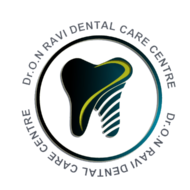CROWNS AND BRIDGES
What is a crown?
A crown is a cap or covering for an existing tooth. Typically, a crown covers the entire tooth and protects the inner tooth structure from damage.
What is a bridge?
A bridge is 3 or more joined crowns. In it’s simplest form, when there is a missing space between teeth, two teeth on either side of the missing space are utilized to make a 3 unit bridge. The missing tooth is replaced by obtaining support from the adjacent teeth on either side of the missing space.
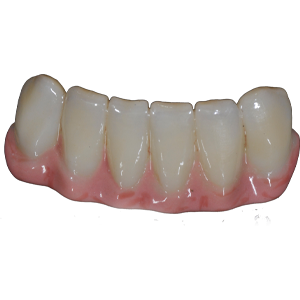
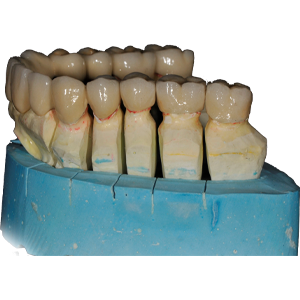
What is the procedure needed to make a crown?
The need for a crown or a bridge is determined at your consultation appointment by our team. Following this, a 30-45 minute appointment is scheduled to prepare the tooth and take the measurement for the crown. A temporary crown is then placed to protect the tooth while the laboratory makes your new crown.
How is the crown or bridge fixed to the tooth?
Latest bonding technology are used to ensure a very reliable, long term fit of the crown. In rare instances, a crown may start to work loose, and can be recemented quite easily in a short procedure.
How long will my crown or bridge last?
Crowns and bridges do not have an expiration date. With proper maintenance, they can last a long time. There are instances of many patients who have had these restorations in their mouths for many years. Typically, a crown or bridge may need to be replaced for the following reasons:
– Cavities under the crown or bridge
– Damage to the crown or bridge, either due to trauma, or biting into something very hard.
– Gum disease, requiring removal of the tooth/teeth holding the crown or bridge.
On average, the average patient has a crown or bridge in the mouth for 7-10 years before they need to be replaced.
What are the different types of materials used in a crown?
There are multiple options available to make the perfect crown. All these materials have their place, and there is no “best” material. The same materials are used to make a bridge as well.
Metal: This is the traditional crown, and is usually silver in color. Gold crowns are also an option in this category. These crowns appear artificial as they do not have any ceramic on them. They have very high strength and are used when there is insufficient space available between the upper and lower teeth to add ceramic to the crown.
Metal-Ceramic: This is perhaps the most commonly used material worldwide. In this type of crown, ceramic is baked over the metal to make the crown look like natural tooth. The
metal is made of cobalt-chromium or platinum-palladium metals. These are great solutions for back teeth because of their strength. More esthetic options exist for front teeth these days, so a metal ceramic crown is not the first choice when it comes to restoring front teeth.
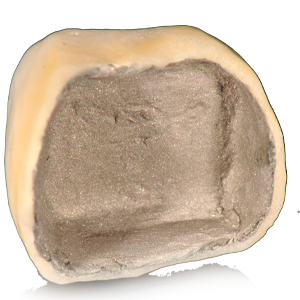
Zirconia: Zirconia crowns are fast rising in popularity these days. Zirconia is actually a “transition metal” in the same family as titanium, but is marketed as “metal free” due to the fact that it is white in color. The white color of zirconia has esthetic advantages, so we recommend this solution for front teeth and back teeth when high strength is desired.
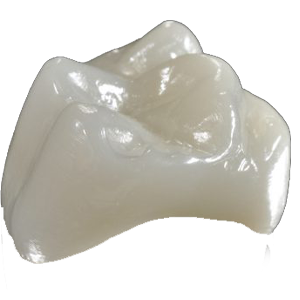
Emax: Emax is a brand of ceramic, and chemically is Lithium Disilicate. These crowns are the most esthetic solution available in dentistry today. They are used extensively in front teeth especially when a perfect match to natural teeth is needed..
